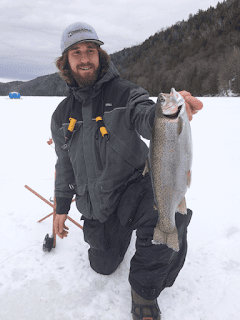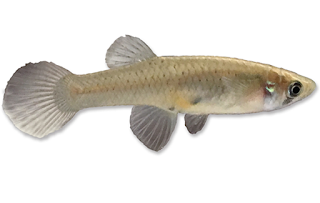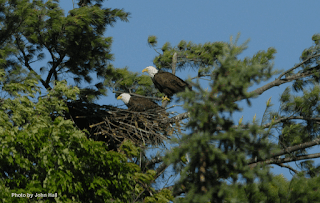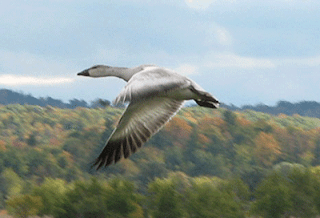Vermont Fish & Wildlife Awarded 2017 Sport Fish Restoration Outstanding Project Award for Innovative Study of Brook Trout

The American Fisheries Society recently awarded the 2017 Sport Fish Restoration Outstanding Project Award to the Vermont Fish & Wildlife Department for the project entitled “Evaluation of Wild Brook Trout Populations in Vermont Streams.” According to AFS, this national award “both highlights the importance and effectiveness of the Sport Fish Restoration program and recognizes excellence in fisheries management, research, and education” and was given in recognition of the innovative nature of the study, as well as its novel findings. In this decade-long study, Rich Kirn, fisheries program manager, and his colleagues repeated a historic statewide survey, conducted in the 1950s by former VFWD biologist Jim MacMartin, to determine how wild brook trout populations in Vermont fared during a period spanning several decades. Kirn and other fisheries staff sampled brook trout populations from streams across the state. They found that compared with the 1950s young-of-year brook trout ...









